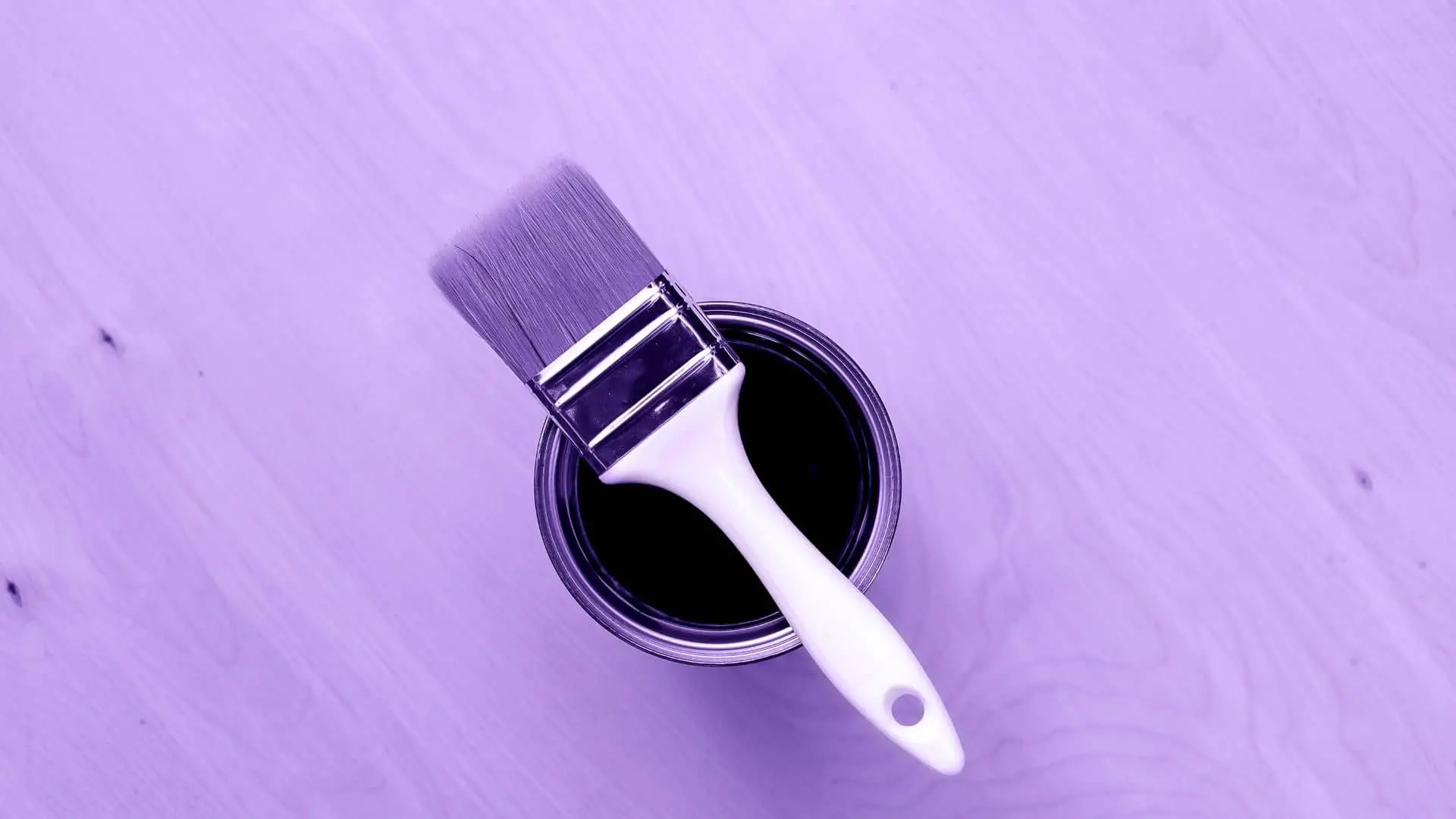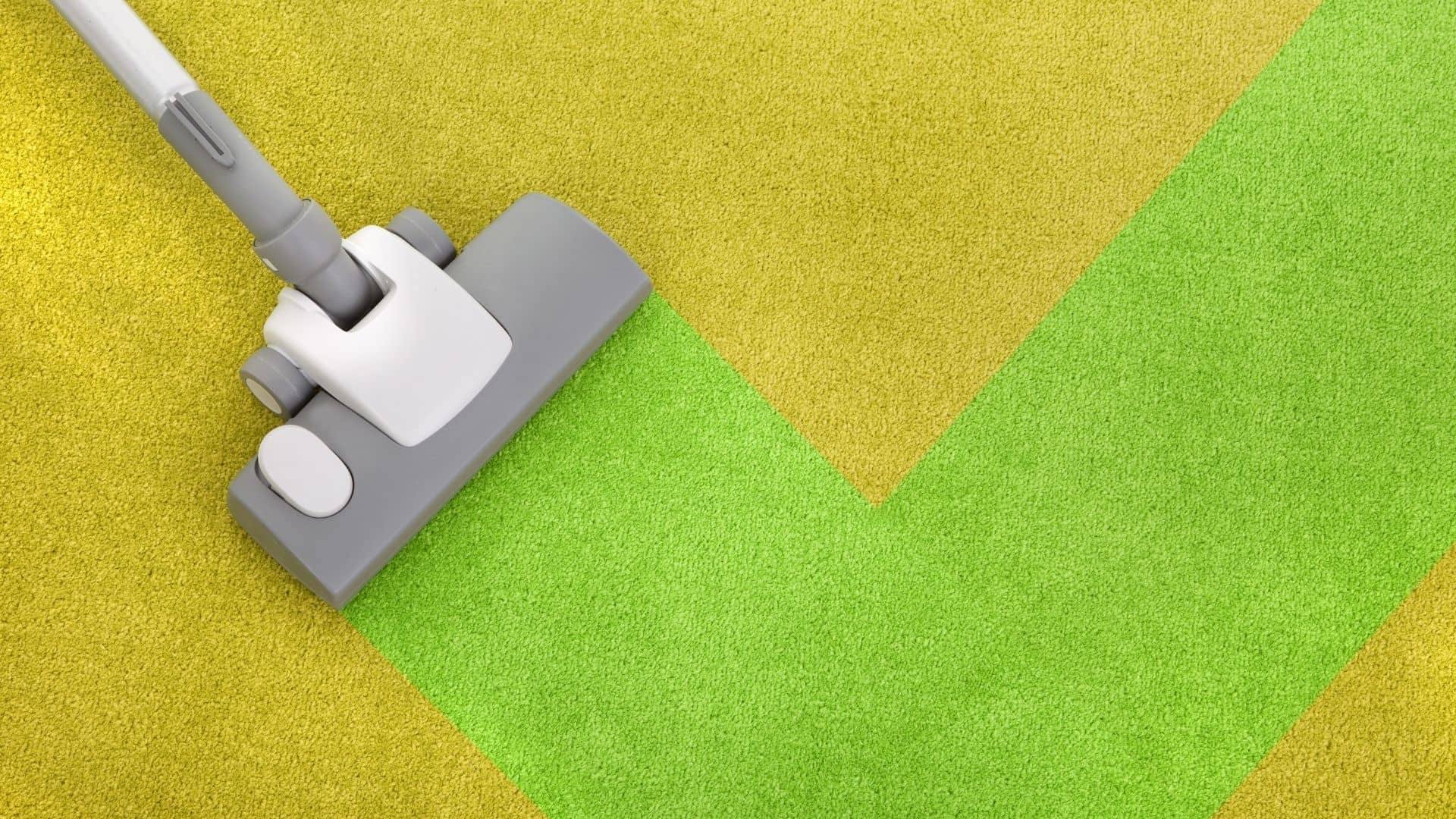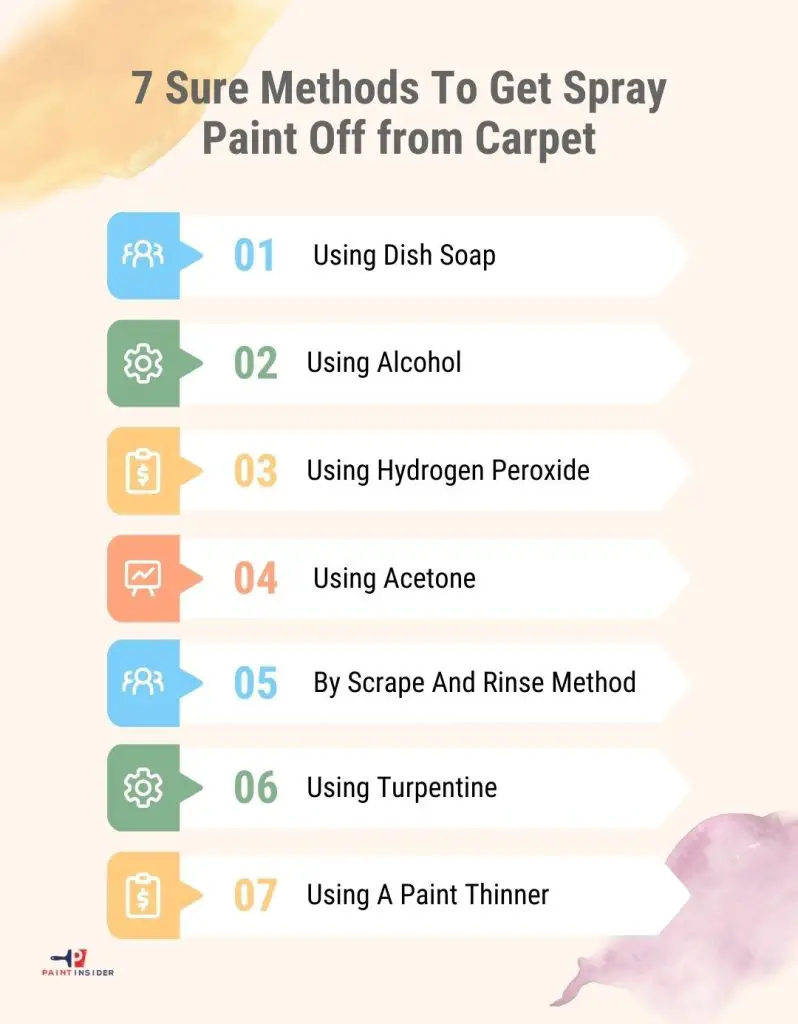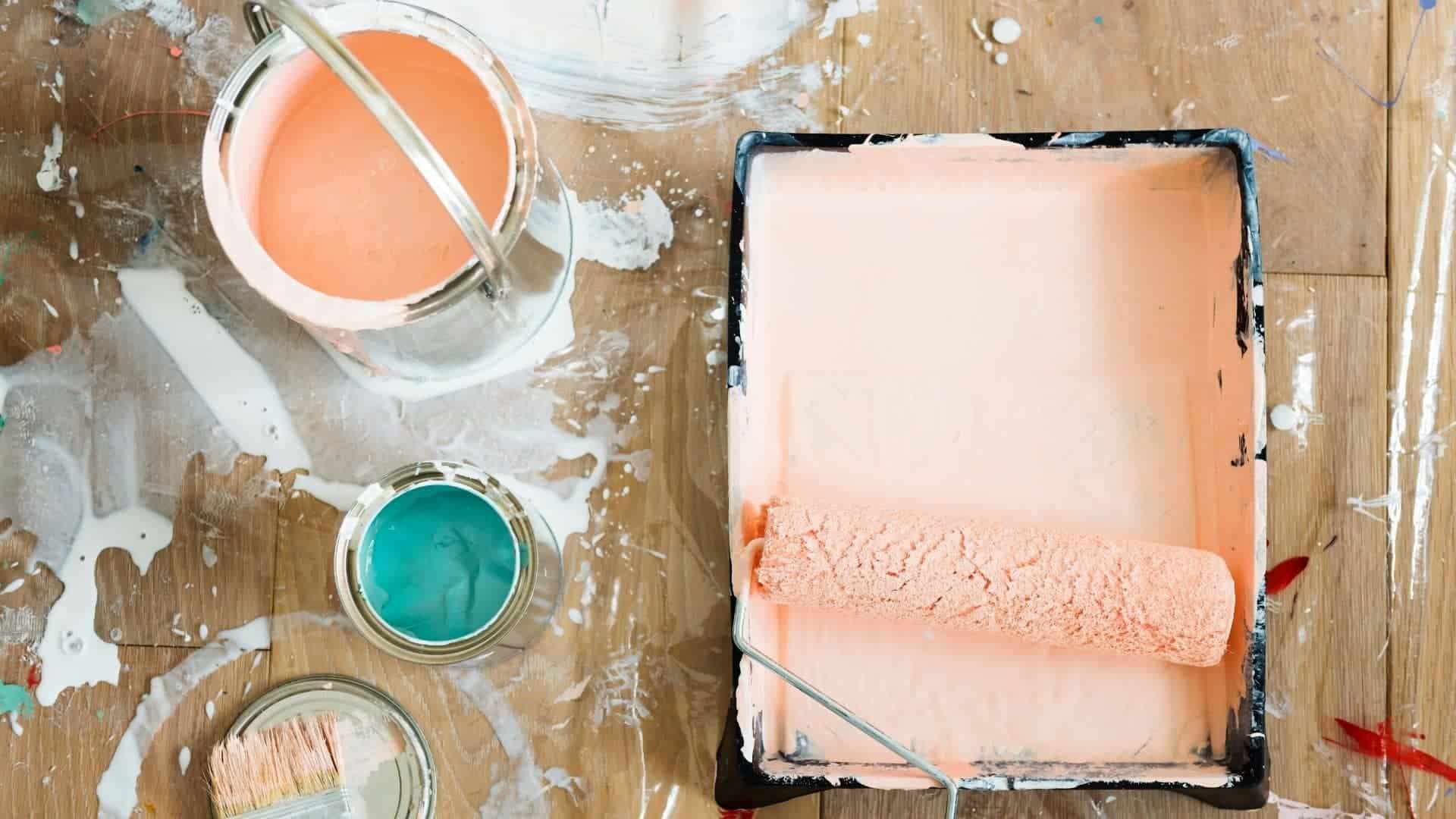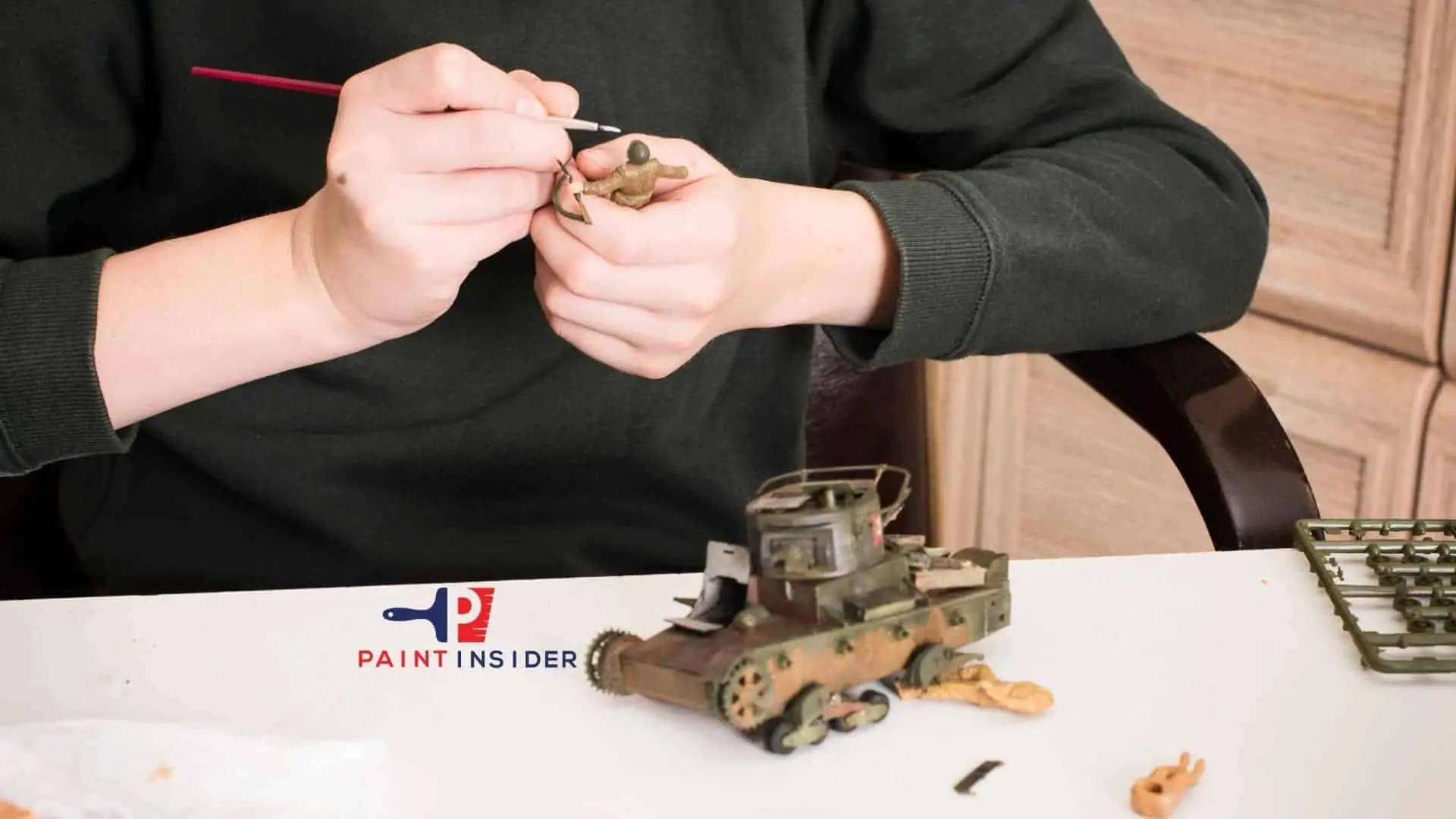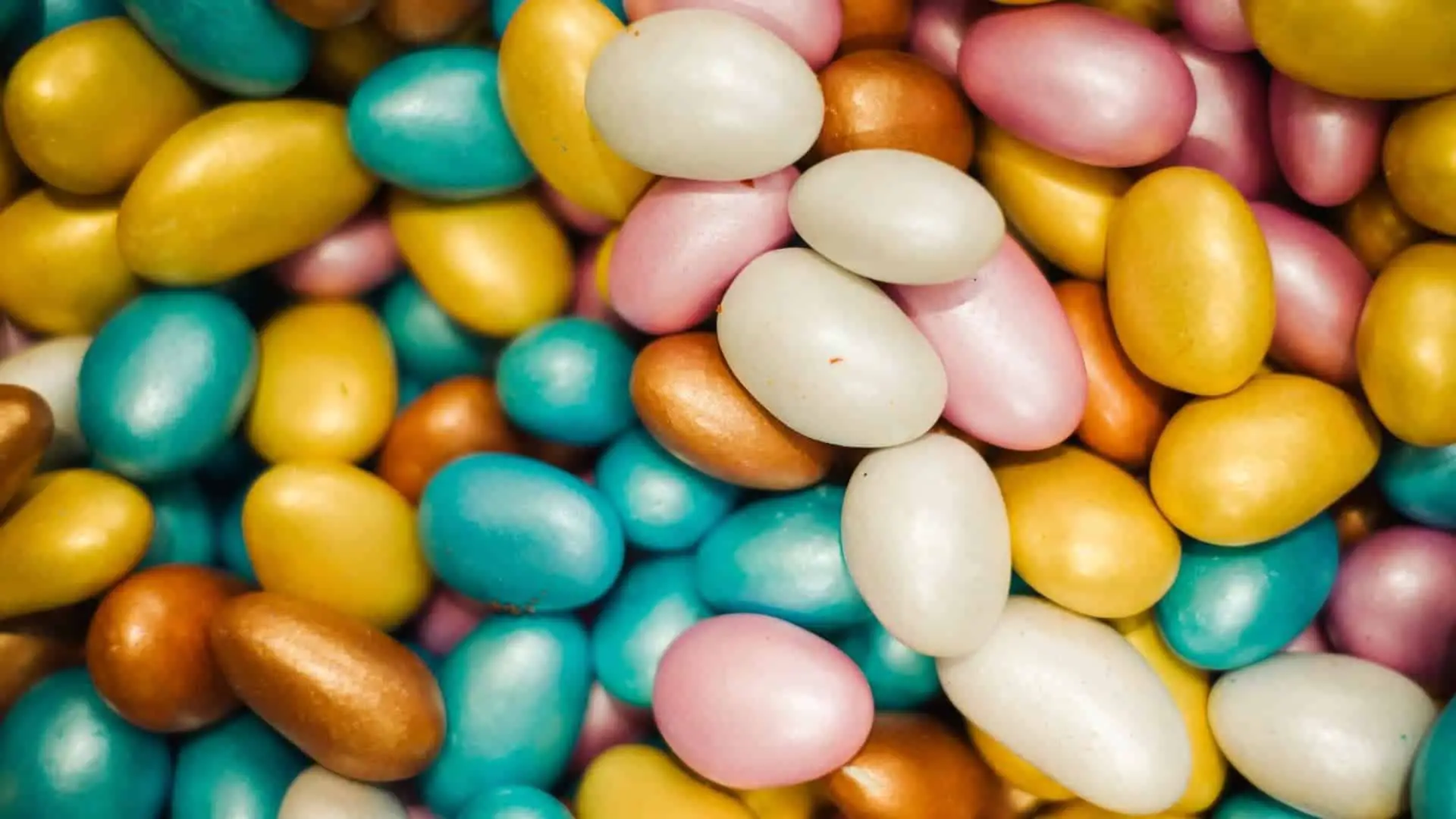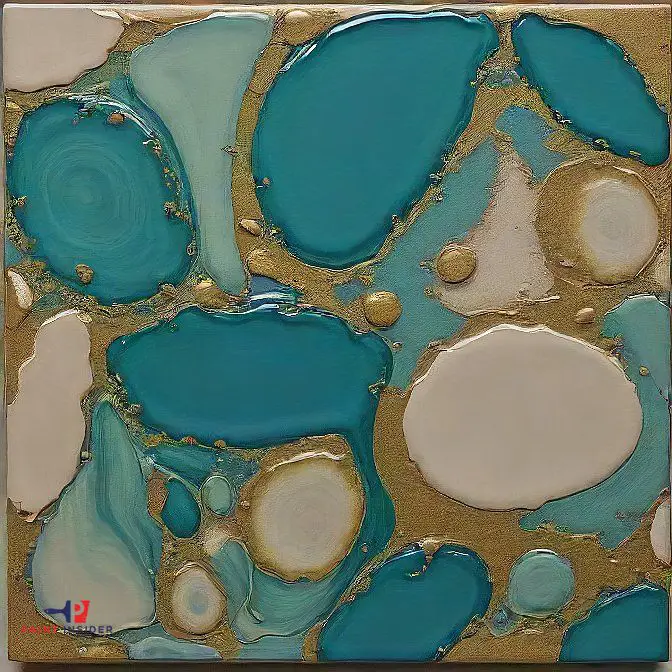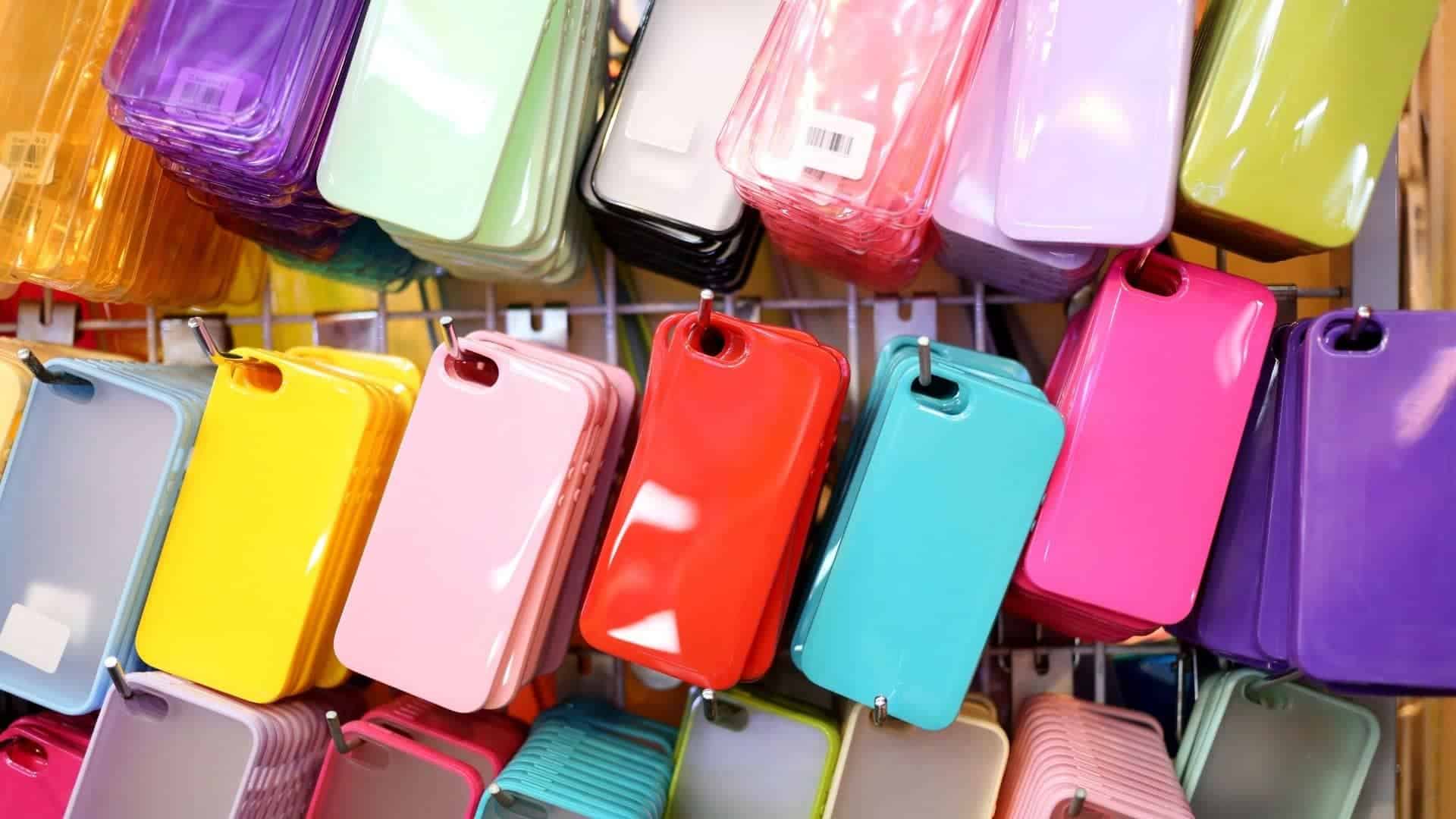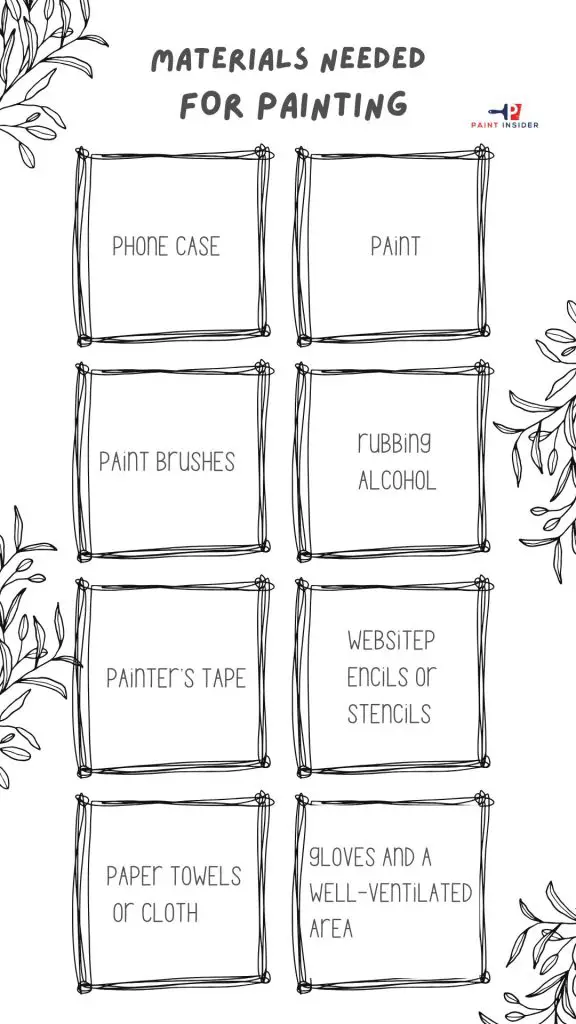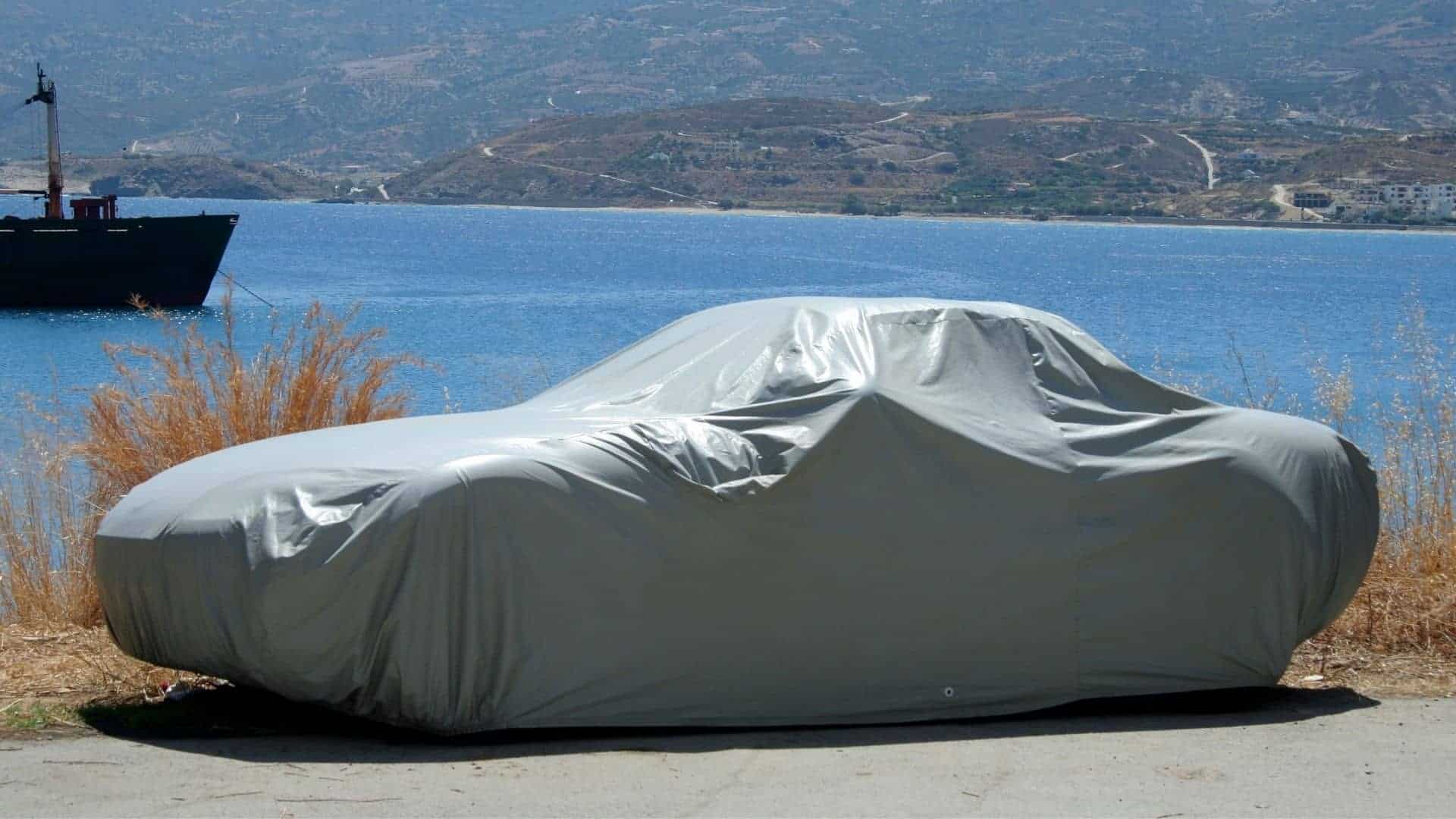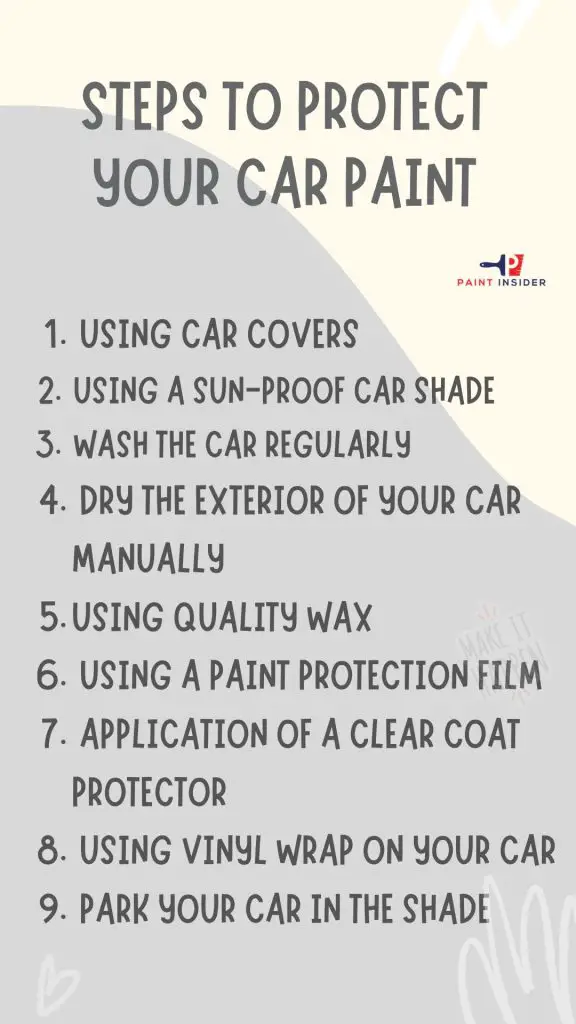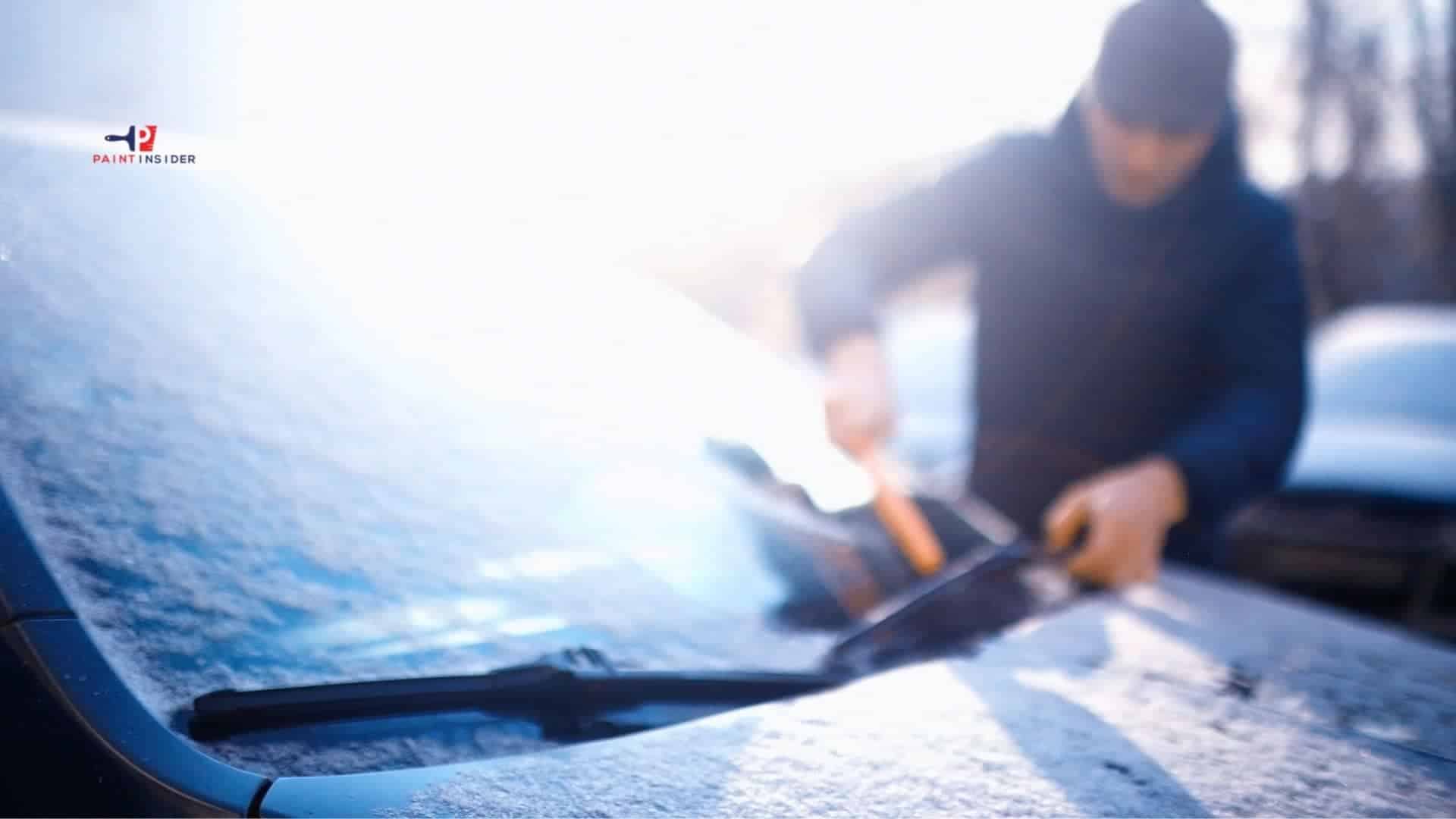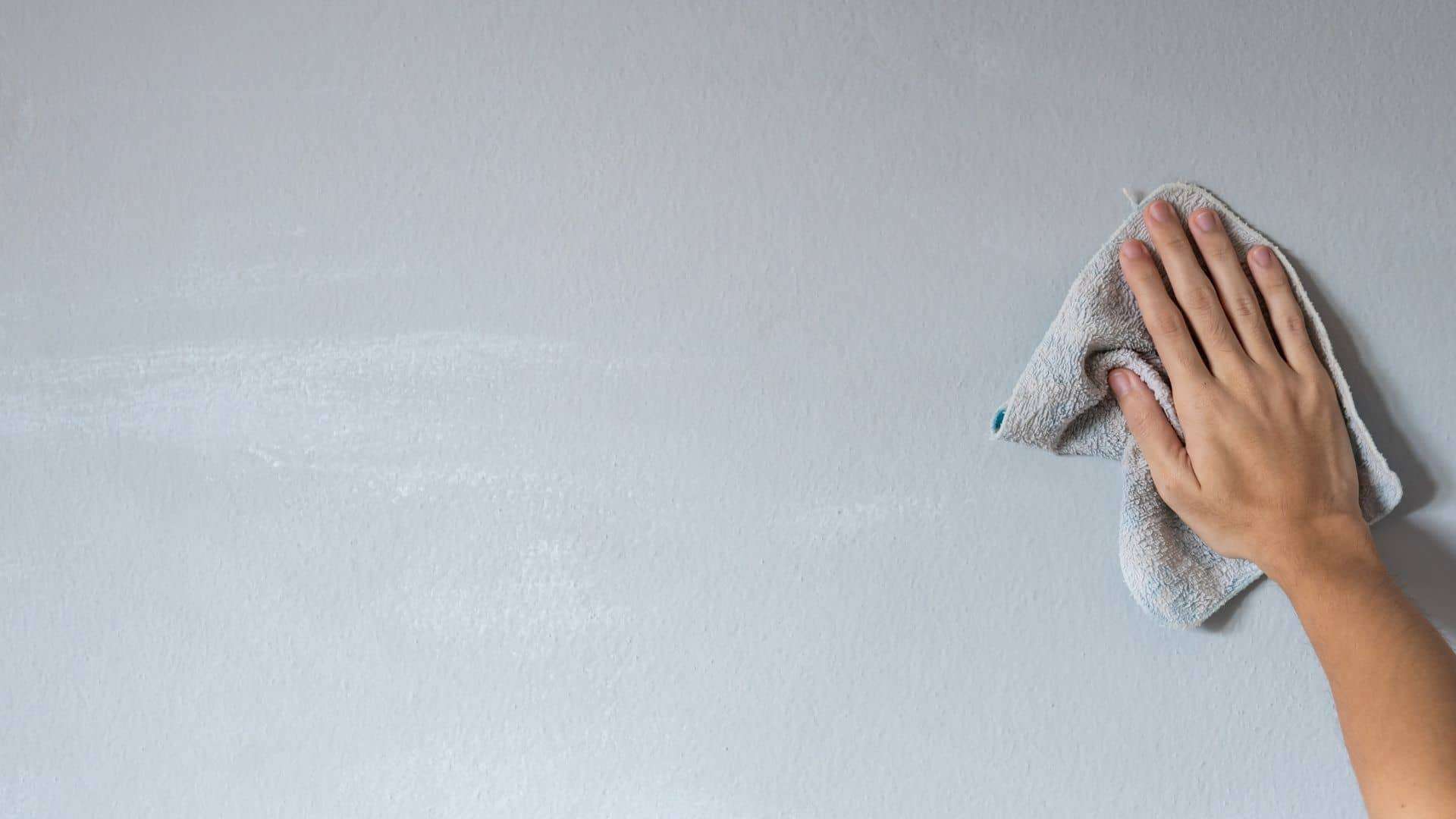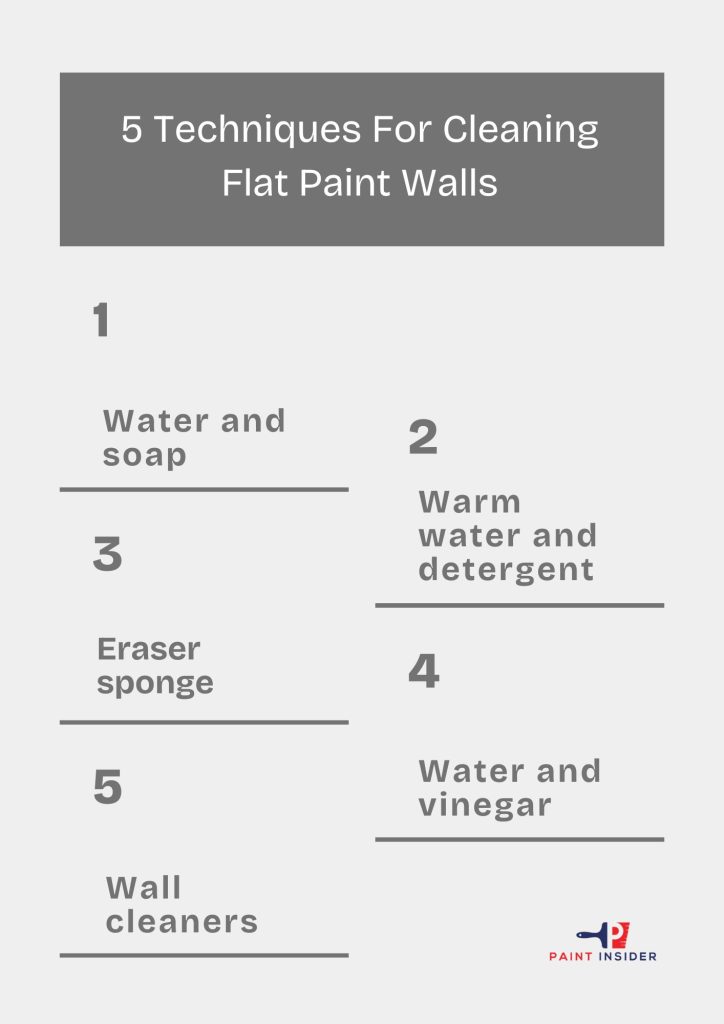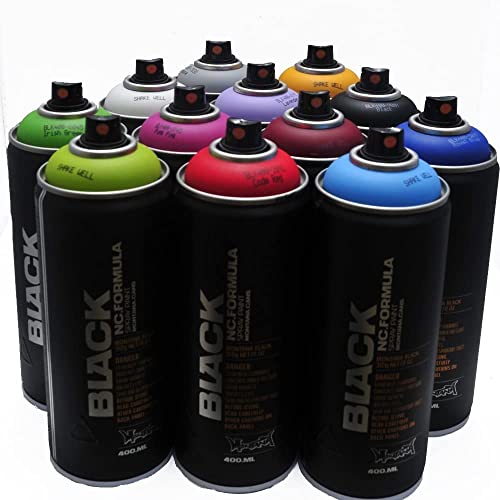According to the RGB, violet is a shade produced by combining the colors red and blue, which is interesting. Let’s know how to make violet paint.
Introduction
Violets are Blue; It is safe to say that the number of available violet shades is very numerous, imagine the different types of violet matte colors or the different types of violet glossy colors the color violet may be able to generate, the truth is violet is definitely an interesting and unique color to consider when painting on any surface.
To learn more about the color violet and the different colors it may be able to generate, we checked on the RGB, which according to Wikipedia and I quote: “is an additive color model in which red, green, and blue light are added together in various ways to reproduce a broad array of colors.” Amazingly, this type of technique can be used to generate or explore different types of colors.
When mixing violet with different types of colors you can get different types of shades of violets. Many websites generate hex codes to represent a shade of the color violet and many of these are actually very popular with the general public.
Let’s check on some of the favorite violet color shades for artists from all around the world and also from the general public but first, let us check on exactly how to actually create the color violet:
How To Mix Violet Paint?
According to a variety of tests and experiments, you actually need to mix 2 parts of blue and one part of red to produce the color violet. Purple is sometimes associated with violet but they are different shades of color. Violet colors are mostly used for art paintings, clothes and accessories, and home décor ideas. It is also naturally found on objects such as flowers, fruits and vegetables, and a wide variety of products.
Have you always been a fan of violet or is this interest recent? Many people are fond of violet colors and are bold enough to make a statement using different shades, whether it means a fun hair color or a chick violet living room, it definitely offers a great wavelength of cool, warm, and dark shades which you can combine in so many ways, violet is a pleasant color to look at after all and it provides you with a unique personality.
Others like what it stands for, and some believe the color has some type of special meaning, for example, if violet is your favorite color then it supposedly means that you’re a compassionate and supportive person, violet is also considered to be a spiritual color which represents imagination and the future. In general, it’s great that colors may symbolize something and have meanings in it, and that they can be used to express ideas, and emotions and make statements.
Shades of Violet Colors
As mentioned before, we will list some of the most popular shades of the violet color of many artists from the painting world, violet is used in contemporary arts and overall paintings, some of these are bold colors, and others are considered to be modest. Many websites allow you to mix violet with other colors so that you may get an idea of what the actual color would look like. You may or may not have heard of these colors before but these are definitely some of the most popular shades of violets mostly used nowadays:
- Lavender: Too many, Lavender is the color of vitality and its color is definitely very popular around the world. To create this color, you’ll need to mix purple and white by adding a small amount of white into the purple hue. The color is associated with wealth and royalty.
- Magenta: Some may say it has a pinkish-purple tone but magenta is actually a shade of violet. It is considered a very expressive color and is often used to make bold statements. You can create the color by mixing red and blue then add some white to get the desired color.
- Mauve: Some say mauve looks like a pale purple, but actually it’s a combination of pink and purple with a little bit of white. It’s considered a classy and nostalgic type of color and is mostly used in the fashion world. You’ll be able to create this color by mixing purple with white until you acquire the desired color.
- Fuchsia: This color is known as the color of confidence and sophistication, also used to make a bold statement in the fashion world and home decor. To create this color, you need to mix purple and white then add some red to get the desired color you’re looking for.
- Periwinkle: Many confuse this color with lavender but there’s a difference in the tone in that periwinkle has a pale bluish color into it, it’s also considered a variant of lilac. To some, it symbolizes friendship and delicateness. To create this color, you should mix violet with blue and then add white until the desired color is achieved.
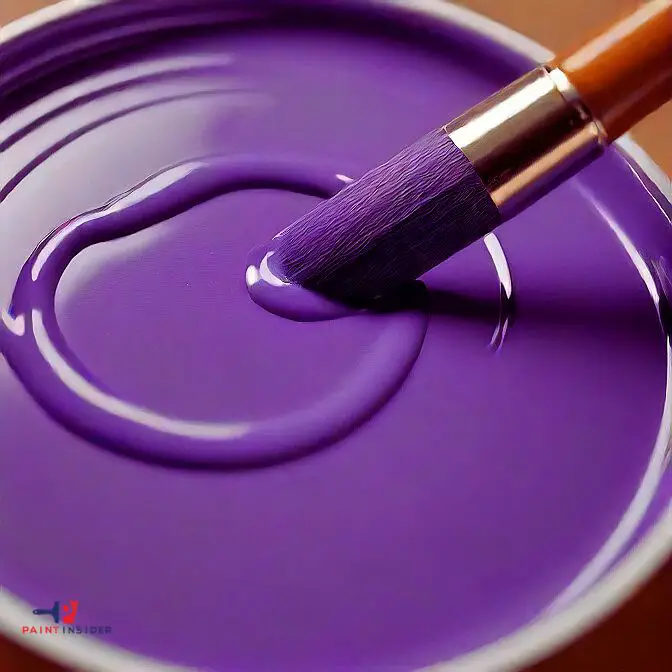
Different Violet Tones
Violet colors come in different tones and variants also, we list a few below:
- Color Wheel Violet
- Web Color Violet
- Electric Violet
- Violet Flower
- Grape
Are you able to perceive these colors at a simple glance? A little bit about the history of the color violet, it found its place in fine arts in the 1800s and it is integrated into today’s popular culture, especially in the art world. It became a part of modern culture with the French Impressionist popular movement, was mostly used in impressionist works and no other color experienced such usage in artwork in such a short period. Nowadays its usage varies and can be seen everywhere. It is said that Violet belongs to the blue family of colors.
Violet is definitely a color worth experimenting with because of its wide array of shades. The color has so much to offer and can be used in different areas of life, whether it is fashion, interior decoration, or artwork. We hope you found these tips helpful.
Conclusion
Making violet paint is not just about mixing colors; it’s a blend of creativity and patience. By combining blue and red in specific amounts, we open up many possibilities that can enhance any artwork. Trying out different shades helps artists find their unique style, showing that each color can express various emotions and stories.
As you embark on this colorful adventure, consider the materials you use both the pigments and the medium play crucial roles in achieving your desired outcome. Whether you’re a seasoned painter or a curious beginner, taking time to explore variations can lead to delightful surprises. Embrace the process without fear; after all, every stroke adds depth not just to your canvas but also to your artistic identity. So pick up those brushes and let the world see your new creations in vibrant violet!

